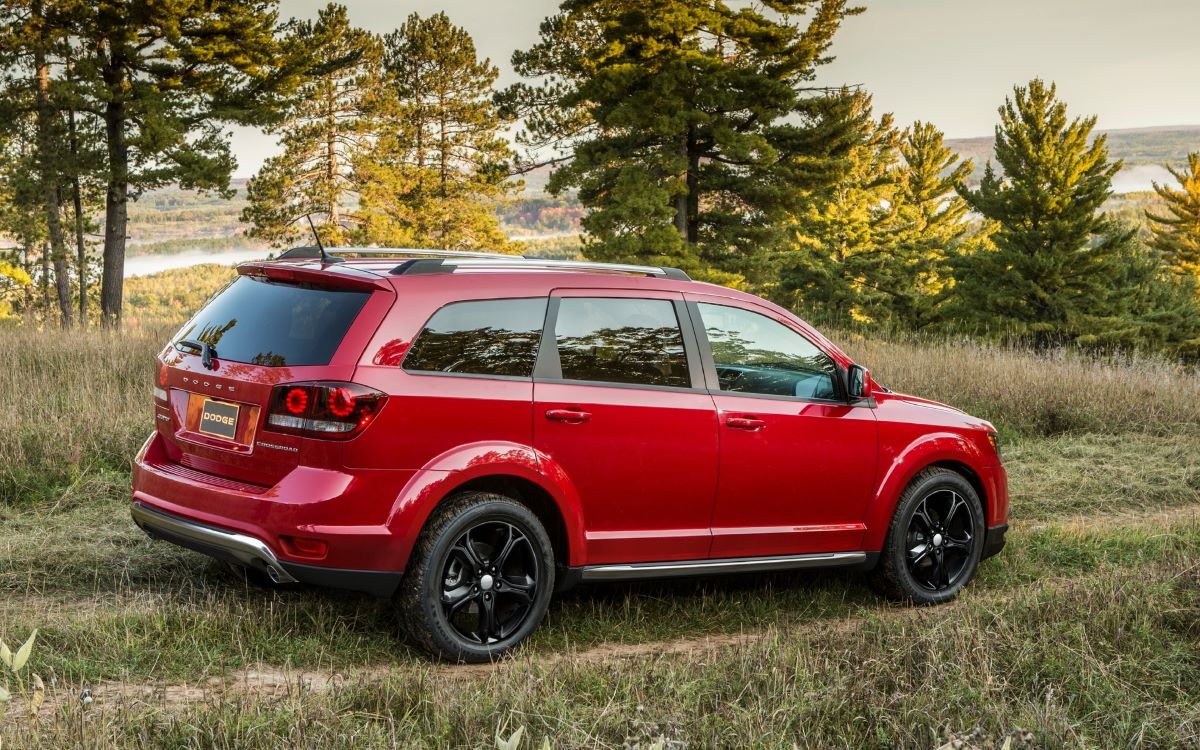Buying a used car is one of the smartest ways to stretch your dollar in today’s auto market, especially with new car prices remaining historically high and depreciation hitting new vehicles the moment they leave the lot. But even within the used car market, not all vehicles are created equal.
Some offer outstanding long-term value — reliable, inexpensive to maintain, and built to last well into the six-figure mileage territory — and then there are those that lure you in with a low sticker price only to betray you with repair bills that rapidly double your total cost of ownership.
In this article, we take a deep dive into both sides of that equation: five used cars you can trust for under $10,000, and five that, despite their initial allure, could cost you twice that amount — or more — in repairs and maintenance.
The idea of finding a dependable used car under $10K might sound like a tall order in today’s economic climate. After all, inflation, increased demand for reliable used vehicles, and shrinking inventories have driven up prices across the board. Yet, smart buyers know where to look and what to prioritize.
A used car doesn’t need to be glamorous — it needs to be durable, cost-effective, and backed by a reputation for long-term reliability. Brands like Toyota, Honda, and Mazda have spent decades building vehicles that check these boxes, and their compact sedans and practical mid-size options continue to offer peace of mind to budget-minded shoppers.
Whether you’re a student, a commuter, or someone needing a second family vehicle, choosing the right used car can make the difference between years of smooth driving and a string of costly headaches.
On the flip side, there’s an undeniable temptation to buy a premium European sedan, a luxury SUV, or a sleek turbocharged hatchback for under $10,000. On paper, the idea of owning a BMW, Audi, or Mini for less than the cost of a new economy car is attractive. Who wouldn’t want upscale features, impressive horsepower, and a sophisticated badge — all for a bargain?
But what these vehicles save you upfront, they often take back tenfold in repairs, parts, labor, and the general frustrations of unreliability. Many of these cars were never designed with long-term simplicity in mind.
They were built to impress during their warranty period and become someone else’s problem after. The result? Countless used car buyers fall into the trap of purchasing a “great deal” that ends up costing more time in the shop than on the road.
It’s important to understand what separates a reliable used car from a financial sinkhole. Engineering simplicity plays a massive role — cars with naturally aspirated engines, fewer electronics, and proven mechanical systems tend to age far more gracefully than those crammed with advanced tech or turbocharged components.
Maintenance history is another vital factor. A Toyota Corolla that’s been well maintained is almost always a better bet than a luxury car with spotty service records. And then there’s parts availability and cost.
Some vehicles benefit from huge economies of scale — meaning their replacement parts are plentiful and cheap — while others require specialized tools, proprietary software, or imported components that quickly drive up repair costs.
This article aims to equip you with the knowledge to avoid those traps. We’ll first highlight five vehicles under $10,000 that punch well above their weight when it comes to dependability, fuel economy, and ease of maintenance. These are cars that you can buy, drive, and forget — not because they’re forgettable, but because they don’t demand constant attention.
After that, we’ll shift focus to the other side: five vehicles that are deceptively cheap upfront but come with a hidden tax — the “repair premium” that creeps up mile after mile. If you’ve ever asked yourself, “Is this too good to be true?” when shopping for a used car, chances are the answer lies somewhere in the second half of this list.
Whether you’re shopping for your first car, downsizing to a more economical ride, or simply trying to avoid a financial pitfall, this guide is for you. We’ll give you the honest breakdown of what to expect — good and bad — from some of the most commonly cross-shopped vehicles under the $10K mark.
Because while a low sticker price might look appealing, it’s the total cost of ownership — the repairs, maintenance, reliability, and peace of mind — that ultimately determines whether a used car is a wise investment or an expensive lesson. Let’s dive into the five budget heroes you can count on… and the five you might wish you never met.
ALSO READ: 5 Reliable AWD Cars and 5 That Constantly Leak, Grind, or Fail
Five Reliable Used Cars Under $10K
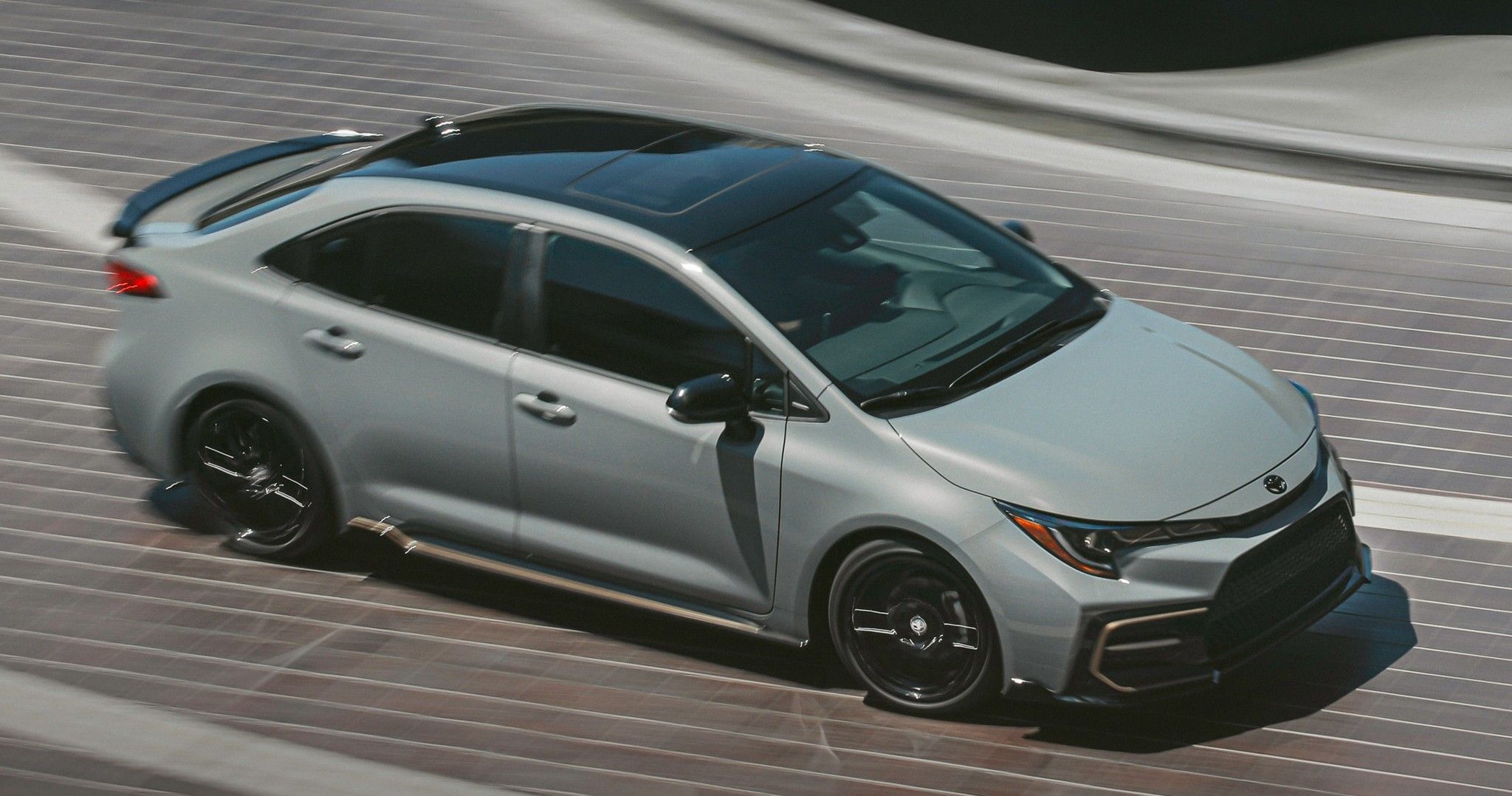
1. Toyota Corolla (2009–2013)
The Toyota Corolla has earned its legendary status for a reason. Across generations, it has proven to be one of the most dependable and affordable compact sedans ever built. The 2009–2013 models are particularly noteworthy because they strike a balance between modern convenience and mechanical simplicity.
These years fall within the 10th generation of the Corolla, a model known for its practical engineering and low total cost of ownership. For under $10K, you can often find Corollas with under 120,000 miles, many of which have been regularly serviced and show minimal wear.
This generation features a sturdy 1.8-liter 4-cylinder engine mated to either a 5-speed manual or a 4-speed automatic transmission, both of which are extremely reliable when maintained properly.
One of the standout features of the Corolla is its low cost of maintenance. Oil changes, brake jobs, and general upkeep are inexpensive due to the car’s abundance of interchangeable parts and wide mechanic familiarity. Even timing chain replacement, which is not often necessary with the 1.8L engine, is more affordable than it would be on many competitors.
Moreover, the simplicity of its mechanical systems means fewer electronic gremlins to deal with as the car ages. Owners frequently report driving these cars for over 200,000 miles with minimal issues, a testament to Toyota’s design philosophy at the time. These models are also not known for being prone to rust or body corrosion unless neglected or driven in extreme climates without underbody protection.
While the Corolla is often critiqued for being boring or uninspiring to drive, that’s largely by design. Toyota engineered this vehicle for the type of person who wants to turn the key and go—every day, year after year, without drama. The steering is light, the ride is comfortable if a bit soft, and the cabin is functional, albeit somewhat spartan.
However, it does offer ample legroom in both the front and back, and its trunk space is generous for a compact sedan. The interior materials aren’t luxurious, but they’re durable. Seats are supportive enough for long commutes, and visibility is excellent thanks to large windows and simple pillar design.
If you’re a first-time buyer, a student, or someone looking for a no-nonsense daily driver, the Corolla should absolutely be on your shortlist. With excellent crash test scores for its time and a long-standing reputation for build quality, it continues to deliver value well beyond its price point.
In many cases, people buy a used Corolla expecting to drive it for a couple of years, only to find themselves still behind the same wheel a decade later. That kind of staying power is rare in any price range, let alone under $10,000. Simply put, the Corolla is a quiet workhorse that rarely lets its owners down.
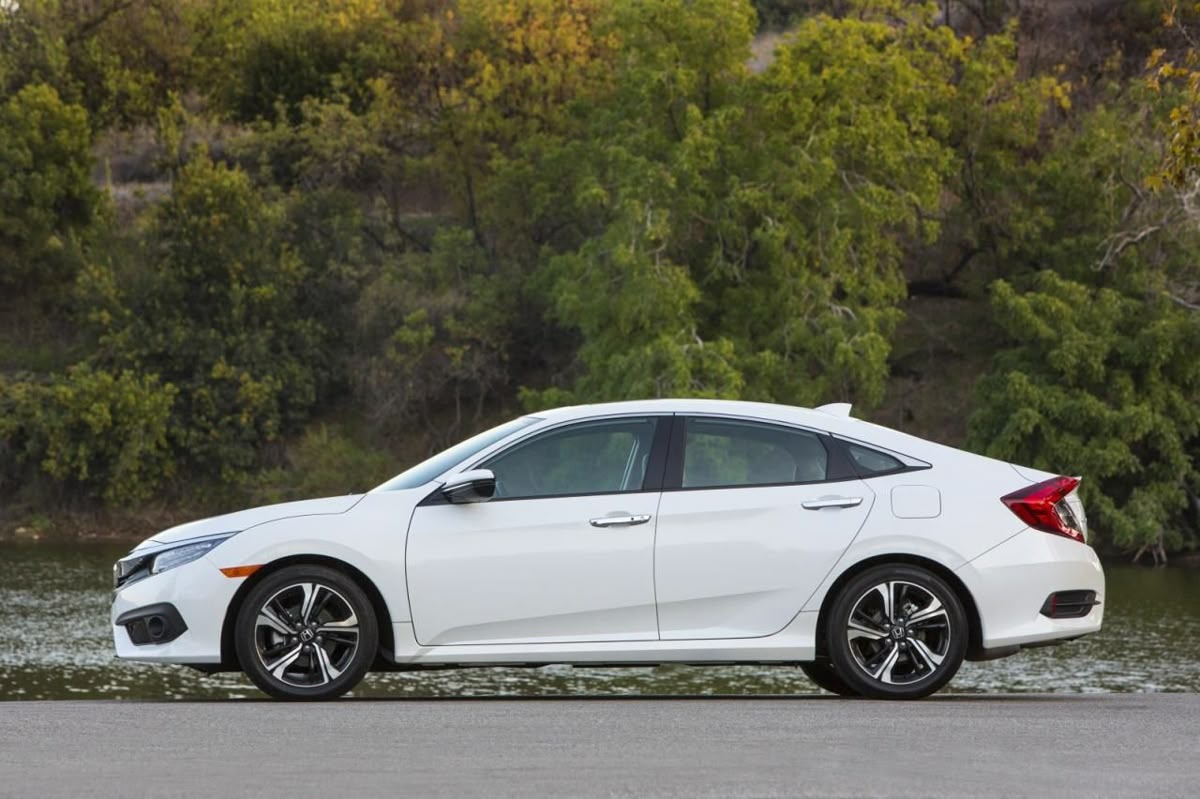
2. Honda Civic (2008–2012)
The Honda Civic is another household name when it comes to long-lasting, affordable transportation. The 2008–2012 models, part of the eighth generation, offer a refined balance of efficiency, reliability, and modern design. Unlike many compact sedans of the era, the Civic maintained a distinctive look and feel, with a futuristic dash layout and crisp exterior styling.
More importantly, it maintained the mechanical excellence that Honda has long been known for. The base engine, a 1.8-liter SOHC i-VTEC four-cylinder, is a marvel of simplicity and durability. Properly maintained, it can easily reach 250,000 miles or more. Many owners report going years with only basic maintenance like oil changes, spark plugs, and brake pads.
One advantage of the Civic over the Corolla is its slightly more dynamic driving feel. The steering is precise, the suspension is well-tuned for agility, and the chassis feels tight and composed even with higher mileage. This generation of Civic handles curves better and feels more responsive in day-to-day driving.
Honda’s engineering team put effort into making the Civic feel more engaging while still retaining comfort and quietness for daily commuting. Fuel efficiency is excellent as well, with EPA estimates between 26 and 36 MPG depending on the transmission and trim level. Manual transmission models are particularly desirable for their control and simplicity, and they tend to last longer due to fewer moving parts compared to their automatic counterparts.
Interior build quality is another strong point for this Civic generation. The dual-tier instrument cluster may not be to everyone’s taste, but it offers excellent visibility and ergonomic function. Materials feel better than you’d expect at this price range, with solid switchgear and supportive seats.
The back seat has plenty of space for adults, and the trunk is surprisingly roomy. This generation also introduced features like auxiliary audio inputs, improved airbags, and optional stability control on higher trims. For budget-minded buyers who still value a touch of refinement, the Civic hits a very comfortable middle ground between basic transportation and enjoyable driving.
The Civic also benefits from a massive aftermarket and enthusiast community. Whether you’re trying to find repair tutorials, buy inexpensive replacement parts, or even upgrade the car’s performance, there’s a vast network of support. However, this can be a double-edged sword—some used Civics have been heavily modified or driven aggressively, especially models with the manual transmission.
When shopping, it’s essential to look for signs of hard use, mismatched parts, or sketchy repair history. That said, a well-maintained, stock example of a Civic from these years is one of the safest and smartest purchases you can make under $10K.
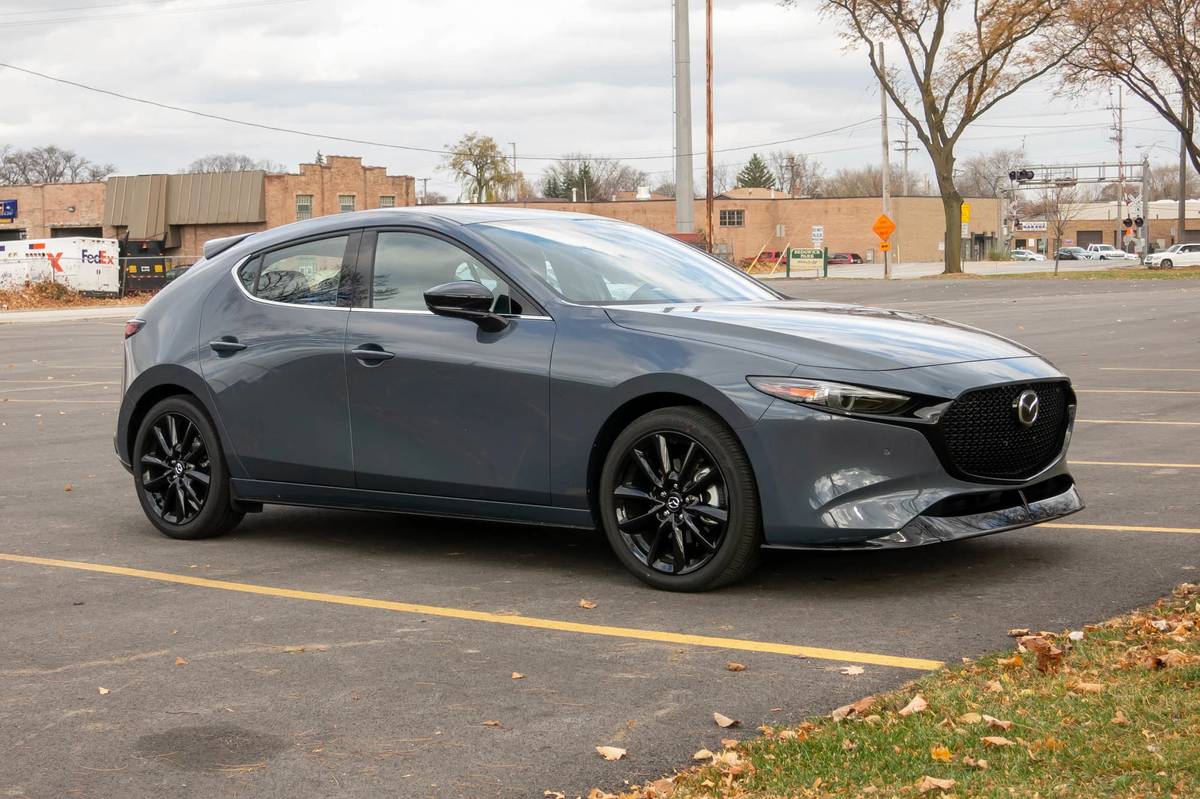
3. Mazda3 (2010–2013)
The Mazda3 stands out in the compact car segment for offering a driving experience that’s both enjoyable and refined without compromising reliability. The second generation, covering the 2010–2013 models, is especially noteworthy for buyers on a budget.
Under $10,000, you can often find these cars in good condition, sometimes even with under 100,000 miles. Available in both sedan and hatchback configurations, the Mazda3 provides flexibility and practicality.
The base 2.0-liter engine delivers a solid balance of fuel economy and power, while the available 2.5-liter engine in higher trims offers a sportier edge. Regardless of engine choice, these cars are well-built, and their engines have proven themselves capable of high mileage with minimal issues.
What makes the Mazda3 truly compelling is its chassis tuning. Even compared to rivals like the Civic or Corolla, it offers a sharper, more responsive feel. The steering is direct and communicative, while the suspension is firm without being punishing. This gives the car an agile, confident character whether you’re navigating city streets or enjoying twisty back roads.
It’s the kind of car that makes you want to take the long way home, even if you’re not particularly a driving enthusiast. And yet, this fun-to-drive nature doesn’t come at the expense of practicality. The cabin is quiet, the ride is comfortable enough for long trips, and the cargo area (especially in hatchback form) is versatile and spacious.
From a reliability standpoint, the 2010–2013 Mazda3 holds up remarkably well. Rust used to be a major concern for older Mazdas, but this generation received improved corrosion protection. Mechanical reliability is strong—common maintenance includes brake wear and suspension bushings, but serious mechanical failures are rare if the car has been properly maintained.
The automatic transmission is fairly robust, and the manual is very durable and fun to drive. One area to monitor is the rear motor mounts, which tend to wear over time but are inexpensive to replace. Maintenance and parts costs are generally on par with other Japanese brands, and Mazda dealerships have improved in terms of service quality and parts availability.
Aesthetically, the Mazda3 also punches above its weight. The design is sleek and sporty without being overdone, and the interior feels more premium than its price suggests. Soft-touch materials, clear instrumentation, and thoughtful ergonomics all contribute to a pleasant driving environment.
Higher trims even offer features like leather seats, a sunroof, and premium audio systems—all of which add to the sense of value. If you’re shopping for a used car that won’t just get you from A to B but will make you smile in the process, the Mazda3 is a strong candidate. It’s the kind of car that feels far more expensive than it is, both in terms of performance and comfort.

4. Ford Fusion (2010–2012)
For buyers seeking a midsize sedan with more space and comfort than a compact, the 2010–2012 Ford Fusion is a surprisingly solid choice. These model years represent the facelifted version of the first-generation Fusion, featuring updated styling, improved interior materials, and better technology integration.
At the heart of its reliability lies the 2.5-liter inline-four Duratec engine, which is widely regarded as one of Ford’s more dependable powerplants. It doesn’t offer blistering speed, but it’s robust, relatively simple, and capable of running beyond 200,000 miles with routine care. These cars also came with an optional V6 engine, which offered more power but slightly lower reliability and fuel economy, so sticking with the four-cylinder is typically the smarter choice.
Ride quality is one of the Fusion’s best attributes. It’s well-suited for highway cruising, offering a smooth, composed ride even over rough pavement. The cabin is well-insulated from wind and road noise, giving it a more premium feel than many other cars in the sub-$10K market.
The suspension strikes a good balance between comfort and control, making it a comfortable option for families, commuters, or rideshare drivers. It has more room than most compact cars, especially in the rear seats and trunk, and the overall layout is user-friendly. In fact, the Fusion was a popular choice among fleet buyers during this era, which speaks to its low long-term maintenance costs and general durability.
In terms of safety and features, the Fusion checks many important boxes. Most models include anti-lock brakes, traction control, front and side airbags, and even electronic stability control on certain trims. Higher trims might also offer Bluetooth, leather seats, heated mirrors, and premium sound systems, though even the base models have a solid level of equipment for the price.
Ford’s SYNC system was just beginning to evolve in this era, so while it may feel a bit dated today, it still provides some convenience and media integration. Importantly, replacement parts for the Fusion are widely available and inexpensive, especially compared to foreign nameplates.
When shopping for a used Fusion, it’s crucial to check for consistent maintenance history, particularly transmission servicing. While the six-speed automatic is generally dependable, neglecting fluid changes can lead to premature wear. Suspension bushings and control arms also tend to wear around the 100,000-mile mark, but these are relatively easy fixes.
Overall, the Fusion is an under-the-radar option for buyers who need more space and comfort than a compact car can provide, without stepping into the costly realm of luxury brands. It’s a balanced, well-made sedan that, when cared for, will serve reliably for many more years.
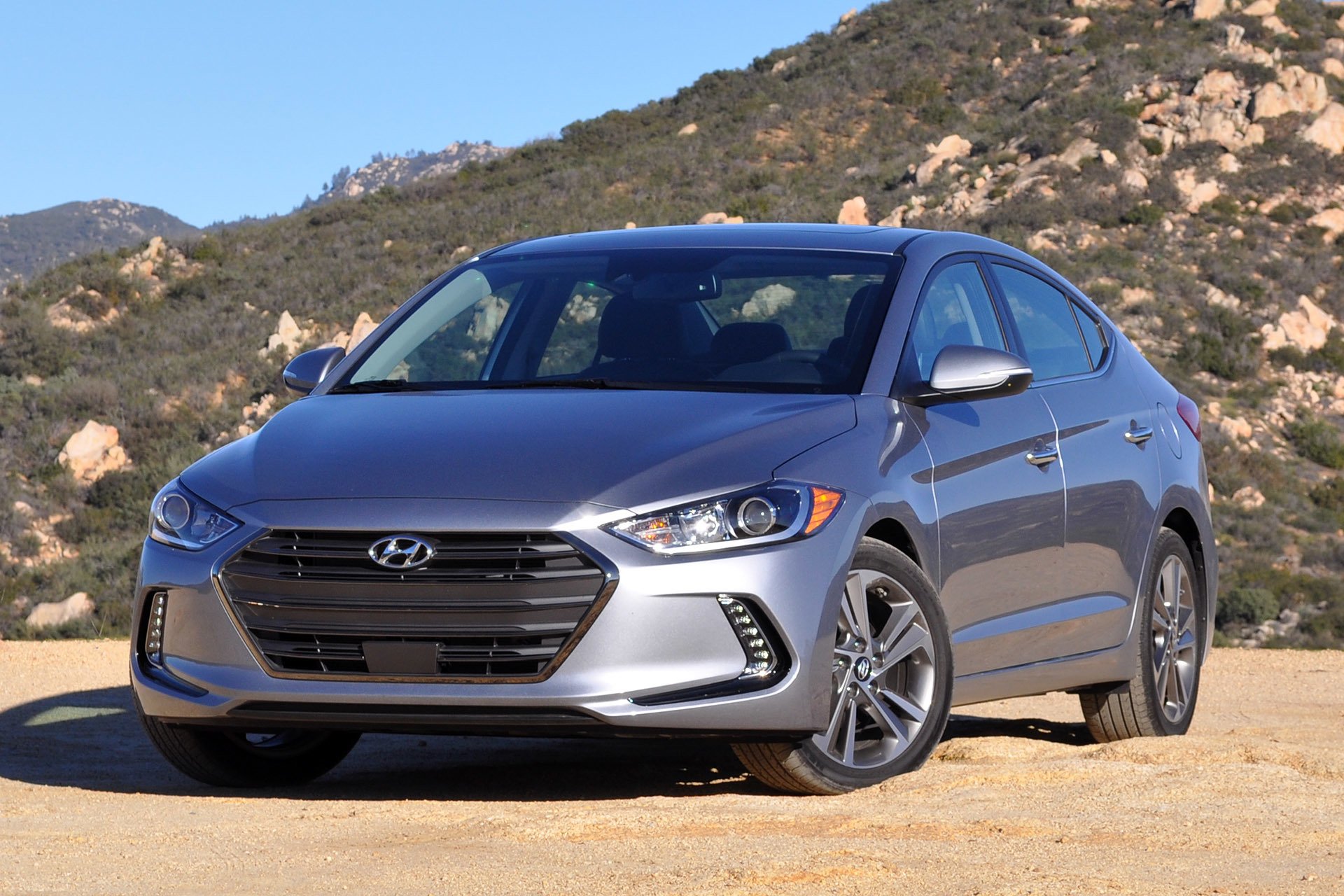
5. Hyundai Elantra (2011–2014)
The 2011–2014 Hyundai Elantra marked a turning point for Hyundai as a serious player in the compact car market. With dramatically improved design, better reliability, and class-competitive features, this generation of Elantra became one of the best value propositions in its segment.
At a glance, you’d be forgiven for thinking it cost much more than it does. Its swooping exterior design was a standout when it debuted, and it has aged gracefully. Even today, the Elantra looks more premium than its competitors in the same price range. Beneath that stylish shell, the 1.8-liter four-cylinder engine offers a strong combination of efficiency and durability, particularly when maintained on a consistent schedule.
Fuel economy is a highlight of the Elantra, with highway ratings approaching 38 MPG. This makes it a favorite for commuters, students, and anyone looking to cut back on fuel expenses. But beyond just MPG numbers, the Elantra delivers a comfortable, composed ride.
Its cabin is quiet and thoughtfully designed, with solid material quality and user-friendly controls. Features like USB connectivity, Bluetooth, steering wheel controls, and available heated seats (even in the rear on some trims) make the Elantra feel well-equipped for its age. The trunk is surprisingly large for a compact, and the rear seats fold down to provide additional flexibility.
Reliability-wise, the Elantra has come a long way from its pre-2010 reputation. These models generally hold up well, with most common issues being minor—like brake wear, occasional sensor replacements, or cosmetic trim issues. Engine and transmission failures are rare, especially for cars with under 150,000 miles and a clean service history.
Timing chains instead of belts reduce long-term maintenance costs, and Hyundai’s warranty (often transferred between owners) sometimes covers repairs beyond what you’d expect for a used car. This level of confidence from the manufacturer wasn’t always typical, and it helped boost buyer confidence in Hyundai products during this period.
The Elantra also benefits from its relatively low profile in the used market. While cars like the Corolla and Civic are in constant demand, the Elantra can often be found in better condition or with lower miles for the same money. It’s a smart choice for anyone who values affordability, fuel efficiency, and a bit of style—all wrapped in a reliable package.
While it may not have quite the same reputation for bulletproof longevity as its Japanese counterparts, real-world experience shows that the Elantra is more than capable of delivering many years of low-cost, dependable service.
5 Used Cars That Will Cost You Twice That in Repairs
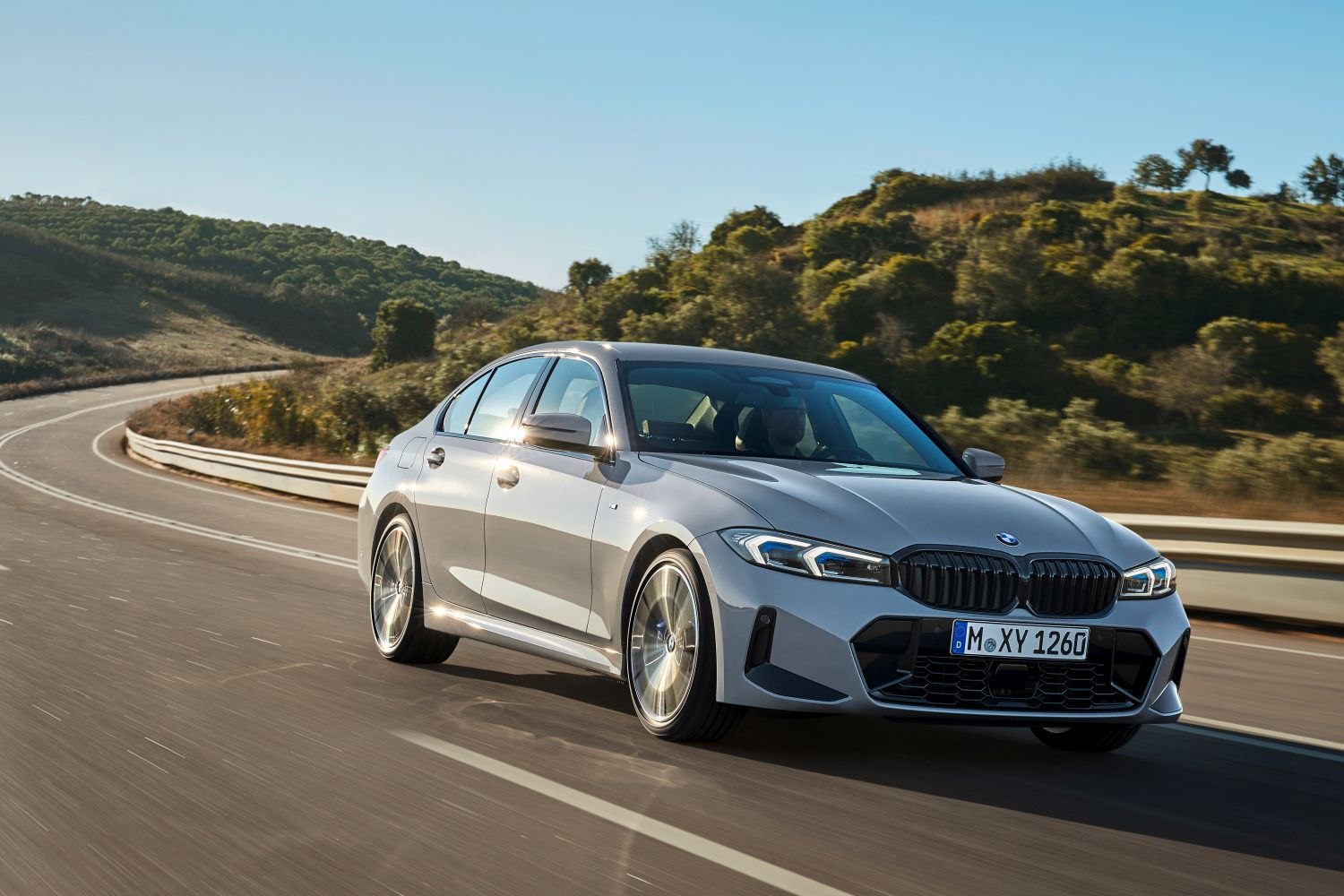
1. BMW 3 Series (2007–2011, E90 Generation)
The BMW 3 Series, especially the E90 generation (2007–2011), is a seductive option on the used market. For under $10K, you can find many of these vehicles — often with premium trim packages, leather interiors, and that unmistakable Bavarian badge.
At a glance, it might seem like an incredible deal: you’re getting a car that once retailed for over $40,000 for a quarter of the price. But the cost of admission is just the beginning. The E90 generation, while praised for its performance and handling, is notorious for expensive and frequent repairs, many of which stem from over-engineered components and aging electronics.
A well-maintained one might be tolerable, but many at this price point have skipped vital maintenance due to previous owners not wanting to foot high repair bills.
One of the most common failure points is the high-pressure fuel pump (HPFP) in the N54 twin-turbo inline-six engine — a known defect that can lead to rough idling, misfires, or total stalling. Even naturally aspirated variants aren’t safe; they often suffer from valve cover leaks, oil filter housing leaks, and brittle cooling system components.
The E90’s electric water pumps fail frequently and are far more expensive than traditional mechanical pumps, often running close to $1,000 with labor. On top of that, thermostat failures often coincide with the pump, doubling your repair bill. Even basic components like the battery must be registered to the vehicle through a dealer or specialist shop — adding yet another layer of cost.
Suspension components are another weak spot. Control arm bushings, ball joints, and strut mounts wear out faster than expected, particularly if the car has been driven hard, as many BMWs often are. While the 3 Series offers excellent handling, it achieves this through a complex multi-link suspension that’s more costly to maintain than the simpler MacPherson setups in more budget-friendly cars.
Add in the cost of premium tires, frequent alignments, and brake pads that wear out quickly under spirited driving, and you’re looking at a car that demands constant attention and cash. DIY mechanics may save on labor, but even parts costs alone for BMWs are higher than average.
Then there’s the electrical gremlins. Window regulators, iDrive system malfunctions, faulty door lock actuators, and air conditioning control issues all pop up frequently in the E90 models. Diagnosing and fixing these problems isn’t just frustrating — it’s expensive.
Labor at a BMW-certified repair shop often exceeds $150 per hour, and many independent mechanics charge premium rates due to the car’s complexity. All of this means that the money you “saved” up front by buying the car for $9,000 could be gone — and then some — within the first year of ownership. In short, the BMW 3 Series is a car you lease new, enjoy briefly, and avoid like the plague once it’s out of warranty.
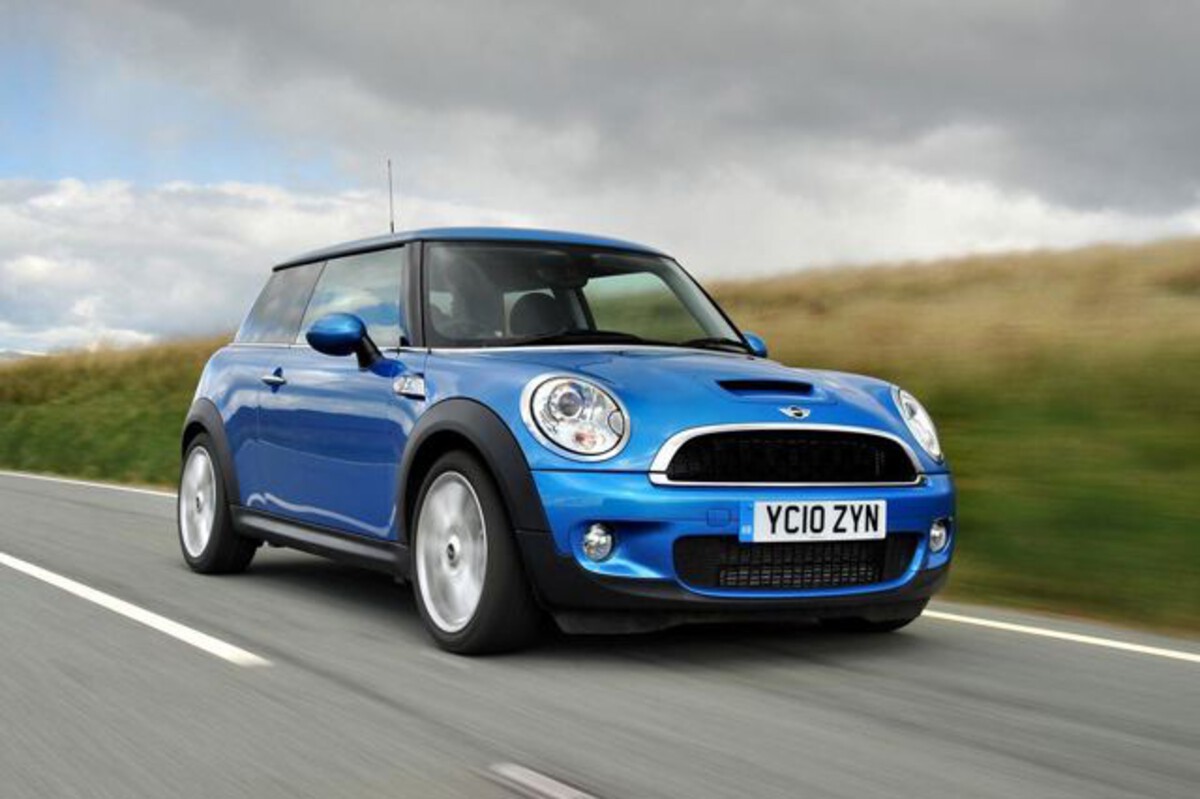
2. Mini Cooper (2007–2013)
The Mini Cooper, particularly from the 2007–2013 model years, is a cautionary tale disguised in cuteness. These cars are often found at attractive prices on the used market — typically between $5,000 and $9,000 — making them tempting to younger buyers and enthusiasts looking for something small, stylish, and sporty.
But the harsh reality is that owning a Mini Cooper of this era can be a financial quagmire. Despite the car’s playful nature and go-kart-like handling, the engineering beneath the surface is riddled with flaws. Minis were co-developed with BMW, and they inherited not only the precision of German design but also the complexity and fragility that come with it.
The most notorious issue is the timing chain tensioner in the 1.6L Prince engine, which was used in both the base and turbocharged models. When this tensioner fails — and it often does — it can lead to catastrophic engine damage.
Even if caught early, the fix is expensive and labor-intensive, often exceeding $1,500–$2,000. Turbocharged “S” models compound the problems with heat-related failures, turbo seals leaking oil, and carbon buildup in the intake valves due to direct injection.
Add in a history of water pump failures, weak thermostat housings, and cracked plastic cooling components, and it becomes clear the Mini has more in common with a money pit than a city car.
The interior, while charming, is filled with quirky switches, hard-to-reach controls, and surprisingly fragile plastics. Door handles break, window switches fail, and sunroofs often develop rattles or leak.
The electronics are particularly unreliable, with common failures in the central locking system, dashboard displays, and sensors that trip warning lights for problems that don’t exist — or worse, fail to trip when they should.
Diagnosing electrical issues is a headache, often requiring dealer-level software tools and specialized knowledge. Unlike other cars in this price range, the Mini’s issues can’t always be fixed at your local garage, meaning higher labor costs and longer downtimes.
Then there’s the driving experience itself — fun, yes, but not always comfortable or practical. The ride is stiff, and the short wheelbase makes it jittery over rough roads.
Transmission issues are also common, particularly in CVT-equipped automatics. Clutch replacements on manuals are a known expense, and due to the cramped engine bay, many engine-out procedures drive up repair bills. Even routine maintenance like changing spark plugs or belts can be more involved than it should be.
The result is a car that often lures buyers with charm and design, only to punish them financially down the road. Unless you have deep pockets and a Mini-specialized mechanic nearby, this is one car that can easily cost you more than double its purchase price in repairs.
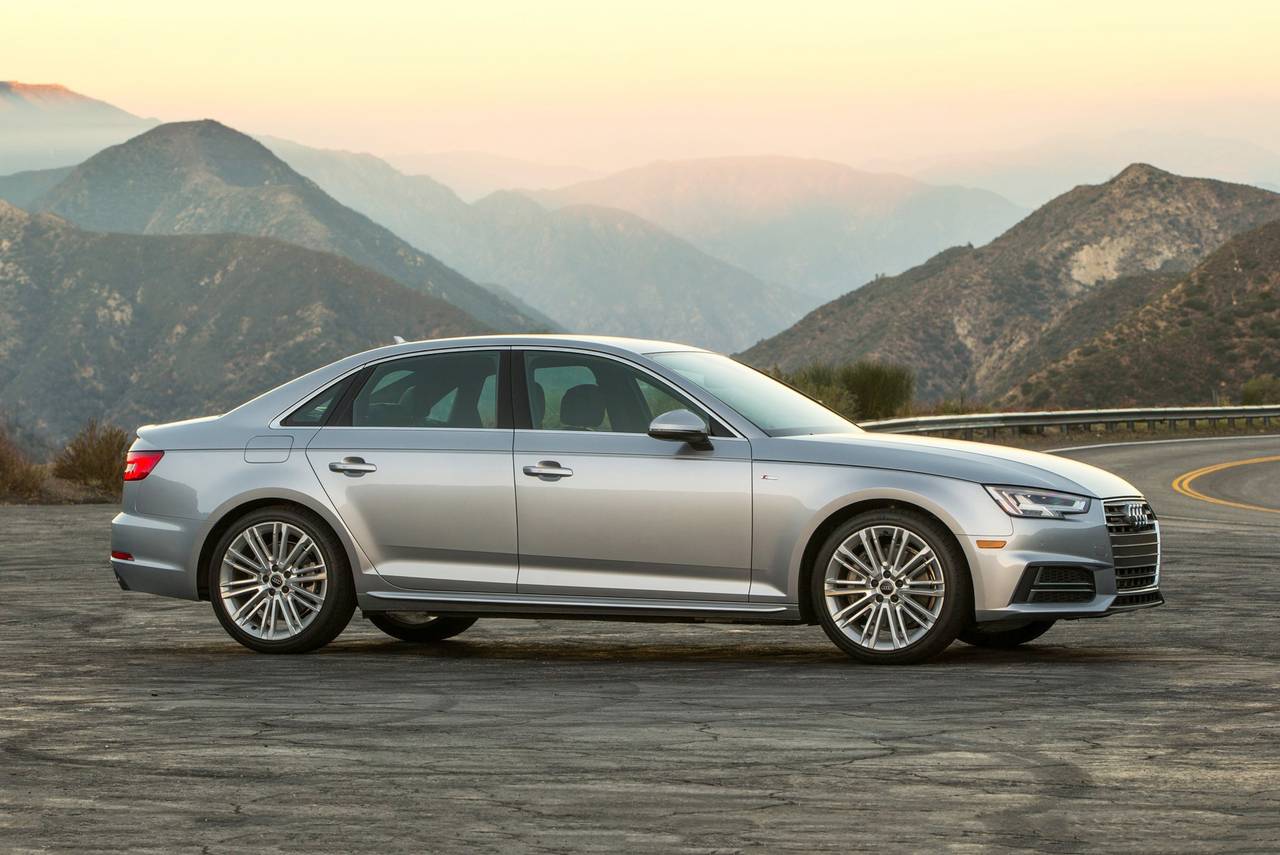
3. Audi A4 (2009–2014, B8 Generation)
The Audi A4 from 2009 to 2014 (the B8 generation) is another European entry that seems like a luxury bargain on the surface — but quickly reveals its true cost once you dig in. These cars are widely available under $10K, especially with higher mileage, and they offer an alluring combination of sleek design, all-wheel drive (via Audi’s famed Quattro system), and a refined, tech-rich cabin.
It’s easy to fall for the allure of German engineering — until you’re staring at a $2,000 repair bill for a simple oil leak or engine light diagnosis. The B8 A4 suffers from a mix of premature mechanical failures and absurd repair costs, making it one of the riskiest sub-$10K used cars to own.
The core of the problem lies with the 2.0T TFSI engine. Early versions of this engine (especially 2009–2011) are infamous for excessive oil consumption due to piston ring issues. Audi later issued a service campaign to address it, but many vehicles on the used market today never received the fix. This oil consumption isn’t just annoying—it can destroy the engine if left unchecked.
Timing chain tensioner failures also plague this engine, and the result of a skipped tooth or broken chain is typically catastrophic engine failure. Even when these issues are caught in time, repair costs are significant, often requiring engine-out labor.
Then there are the electronics and accessory systems, which are loaded with failure-prone components. Climate control modules, power windows, sunroofs, and infotainment systems often exhibit glitches or outright failures. The MMI (Multi Media Interface) system is particularly finicky, and replacements aren’t cheap.
Even the electric parking brake can malfunction, sometimes seizing the calipers or failing to release, leading to costly repairs. Sensors fail frequently—oxygen sensors, camshaft position sensors, and mass airflow sensors often go bad, leading to a game of electrical whack-a-mole where every fix leads to another warning light.
Maintenance and repair costs are shockingly high. Timing chain service alone can run $2,000–$3,000. Water pumps, thermostat housings, PCV systems, and turbochargers are all known weak points. Add to that Audi’s complex cooling systems, labor-intensive repairs, and the use of specialized parts not easily found outside dealerships, and you’re facing a very expensive ownership experience.
Unless you’re buying a one-owner car with complete service records and a recent overhaul, the A4 is more of a ticking time bomb than a reliable used car. Even enthusiasts and Audi loyalists agree: once out of warranty, this generation of A4 becomes a luxury liability rather than an asset.
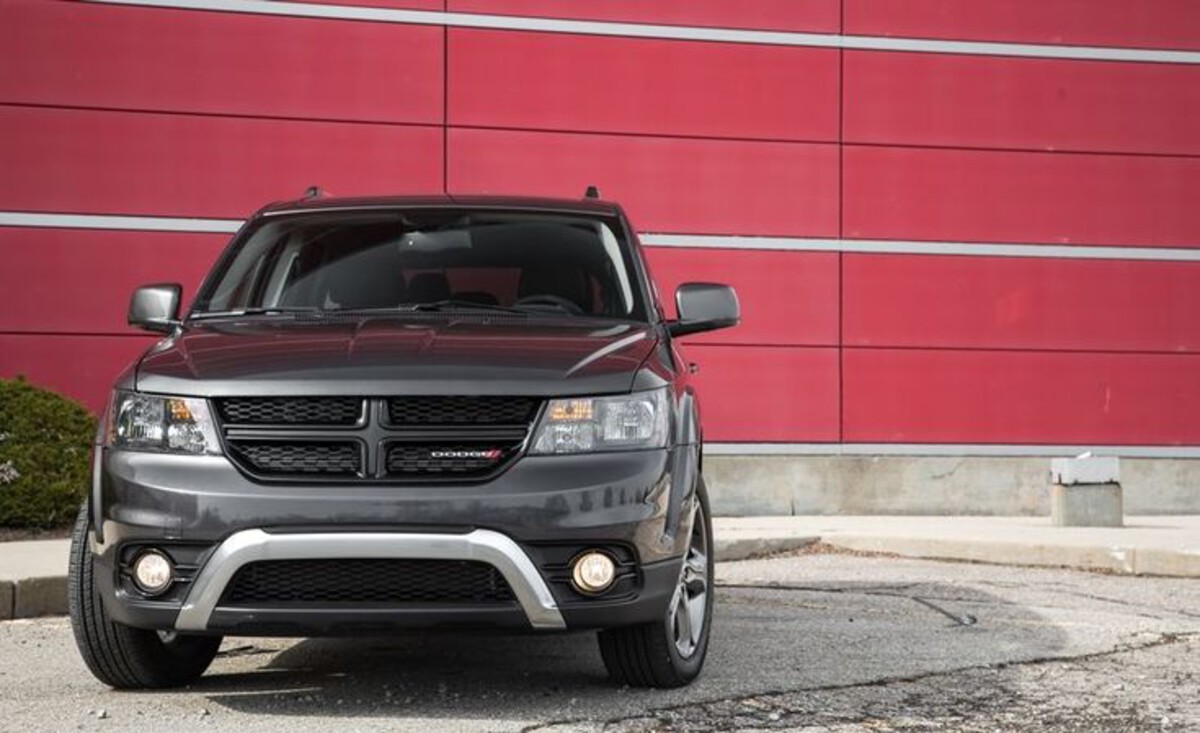
4. Dodge Journey (2009–2018)
The Dodge Journey might be the most common example of “you get what you pay for” in the used SUV world. Often found for $4,000 to $8,000 on the used market, the Journey appeals to buyers looking for a budget-friendly family hauler. But what it delivers in space and affordability, it quickly takes back in mechanical headaches and reliability woes.
Across its production life, the Journey never truly evolved — it simply recycled outdated platforms, aged tech, and underwhelming engines.
Early models with the 2.7L or 3.5L V6 engines are especially problematic, plagued by overheating issues, poor build quality, and transmission failures. Even the more modern 3.6L Pentastar-equipped versions come with caveats that shouldn’t be ignored.
One of the most frustrating aspects of the Dodge Journey is how quickly and frequently things begin to fail. Electrical issues are rampant. Power windows stop working, lights flicker or short out, and the touchscreen infotainment system (if equipped) is buggy and slow. HVAC systems fail, sometimes blowing cold air only on one side of the car.
Then there are the hard-to-access battery and fuse box locations — buried deep under the wheel well or inside the cabin — making even simple tasks like jump-starting or fuse replacement an ordeal. The Journey may be affordable up front, but the endless stream of small, annoying issues makes it feel more like a second job than a family vehicle.
Transmission problems are another major weak point. Many models come with a 4-speed automatic that feels ancient even by early 2000s standards. These transmissions are prone to slipping, hard shifting, and eventual failure. Replacing or rebuilding one can cost as much as the vehicle itself.
Suspension components wear quickly, and the ride becomes harsh and noisy after just a few years. Additionally, the interior materials are low-grade and prone to breaking, peeling, or rattling, making the car feel much older than it really is. Even on better-equipped trims, the build quality simply isn’t there, and that becomes glaringly obvious as the car ages past 100,000 miles.
Fuel economy is also underwhelming for a vehicle of this size, and the outdated engine/transmission combinations do little to improve matters. Unlike Toyota or Honda models that gracefully age into dependable, albeit boring, family vehicles, the Journey seems to actively fall apart over time.
Its resale value plummets quickly, and mechanics are often not shy about advising customers to walk away from expensive repairs. For a family vehicle, peace of mind is everything — and with the Dodge Journey, peace of mind is the one feature you’ll never get, no matter the price.
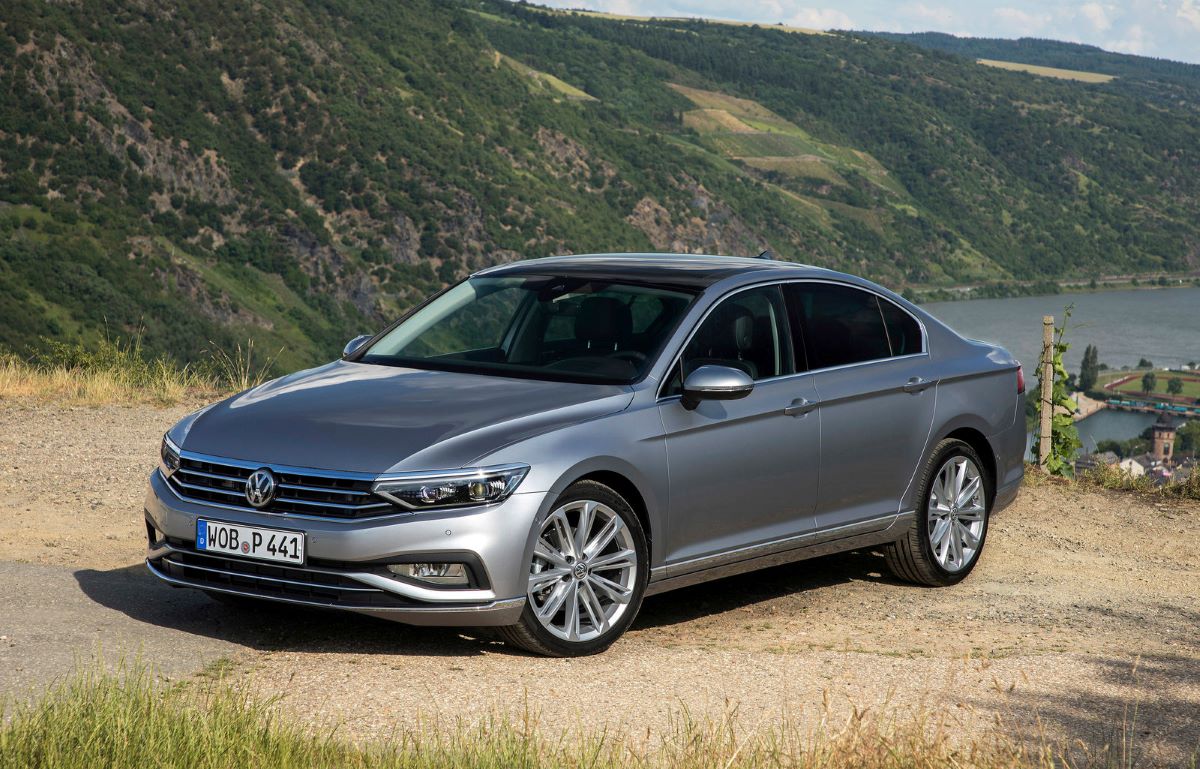
5. Volkswagen Passat (2006–2012)
The Volkswagen Passat from 2006 to 2012 is another cautionary tale in the world of used European sedans. With sleek styling, a well-appointed interior, and a reputation for European engineering, it often attracts budget-conscious buyers looking for a touch of class. And at first glance, it delivers.
For less than $8,000, you can find these cars equipped with leather seats, navigation, turbocharged engines, and elegant design. But the cost of ownership for a used Passat — particularly one outside of warranty — is often so high that many owners end up spending double or more than the purchase price throughout ownership. It’s a classic example of a vehicle that’s appealing until you actually have to maintain it.
The primary offender in this generation is the 2.0T FSI engine, which suffers from several chronic issues. Timing chain tensioner failures are notorious and can cause complete engine failure if not addressed in time. The oil pump balance shaft module is another critical failure point, with some repairs costing upwards of $3,000.
Carbon buildup on intake valves is common due to the direct injection design, which requires expensive cleanings or complete disassembly of the intake system. These aren’t rare problems — they are common, recurring, and expensive, especially in high-mileage models that haven’t been meticulously maintained.
Even the VR6-equipped Passats, which avoid some of the turbo-related issues, come with their own set of complications. Transmission reliability is questionable, particularly with the DSG gearbox. While smooth and quick-shifting when new, the DSG requires fluid changes every 40,000 miles and is extremely expensive to repair or replace.
Additionally, the Passat is filled with electronic components that often fail — from power window modules to central locking systems to the instrument cluster itself. Repairs frequently require specialized tools and knowledge, limiting your ability to take it to just any mechanic.
Then there’s the ownership experience itself. Parts are expensive, labor costs are high, and finding a competent VW mechanic outside of a dealer network can be challenging, depending on where you live. Even routine jobs like replacing the alternator or water pump can require the front end of the car to be removed, greatly increasing labor hours.
In short, the Passat is a luxury wolf in budget sheep’s clothing — and while it may feel upscale on the inside, your bank account will feel the pain every time the check engine light comes on. And rest assured: it will.
ALSO READ: 5 V6 Engines That Outperform V8s in Longevity and 5 That Die Trying
As we’ve explored in this guide, the used car market is full of opportunities — but it’s equally full of traps. For buyers working with a $10,000 budget, every dollar counts, and every decision matters. That amount of money can get you behind the wheel of a solid, dependable vehicle that will serve you for years — or it can land you in a shiny money pit that spends more time on a lift than on the road.
The five reliable cars we highlighted — from the humble Toyota Corolla to the engaging Mazda3 — prove that smart engineering, reliability, and simplicity are still very much alive in the used market. Conversely, the cars on our “avoid” list may dazzle with style, badge prestige, or features, but they demand deep pockets and constant attention to stay functional.
One of the biggest takeaways here is the importance of looking past surface-level appeal. It’s easy to be lured by a luxury nameplate or the promise of turbocharged performance. But buying a used car is not just about the initial transaction; it’s about what that vehicle will cost you over time.
Oil changes, brake jobs, timing chains, cooling system overhauls, sensor failures — these are all part of the long-term ownership experience. And while all cars eventually need service, some make it painless and affordable, while others make it a recurring nightmare.
The difference in ownership costs between a used Honda Civic and a used Audi A4, for example, can easily run into the thousands of dollars per year. That cost differential isn’t just financial — it impacts your time, peace of mind, and long-term satisfaction.
Another critical insight is that reliability isn’t just about the brand — it’s about the specific model and how it was maintained. Even a typically dependable brand like Ford or Hyundai can turn sour if you buy a neglected, abused, or poorly maintained example.
That’s why doing your homework matters. Look into a vehicle’s history. Get a pre-purchase inspection. Read owner reviews. Ask mechanics about known issues. The research you do before handing over your money is just as important as the price you pay. A few hours of diligence today can save you hundreds — or even thousands — in repairs down the line.
What this all boils down to is a principle many car buyers overlook: total cost of ownership. It’s not just about what you pay today — it’s what you’ll be paying six months, twelve months, and three years from now. The reliable vehicles under $10K that we listed are not just affordable to buy; they’re affordable to own.
They offer low maintenance costs, great fuel economy, and a track record of running well into high-mileage territory with minimal drama. They were designed with durability in mind.
On the flip side, the problematic vehicles may have started life as technological marvels or stylish luxury offerings, but their complexity, poor reliability, and high parts and labor costs make them financial burdens in the used market.
Ultimately, buying a car should make your life easier, not more stressful. It should get you where you need to go without constantly asking for money, time, and patience.
The best used cars under $10,000 are the ones that quietly do their job, mile after mile, asking for little in return beyond the basics. They don’t have to be flashy. They don’t have to impress anyone. They just have to work every day, reliably, and affordably. That’s what makes a car truly valuable.
So, if you’re in the market for a used car and your budget tops out at $10,000, remember this: focus on proven reliability, mechanical simplicity, and solid maintenance history. Look for the cars that have earned a reputation for lasting longer than expected, not the ones that were famous for their luxury features ten years ago but are now infamous for their repair costs.
A used car can be a smart, economical, empowering decision — or a costly, frustrating gamble. The difference comes down to what you value more: looks and badge prestige, or peace of mind and long-term savings.
In the end, cars are tools. The best tools do their job efficiently, consistently, and without fuss. The worst ones may look great in the toolbox, but break every time you use them. Choose wisely.

